Code
HCS34727
Weight
100 gm / 0.22 lbs
Size
Height
3cm (1") Width
7cm (3") Depth
6cm (2") Material
Sterlin Silver
Availability
Available

Safe Payment
We accept Paypal, Money Transfer, Bank Transfer
Confidence
Protection covers your purchase and personal data.
Worldwide Delivery
We ship Worldwide, except Russia.Shipping cost US$25.2 for upto 0.5 kgs

Hotline
Talk to help line for your question on 9841267335Vajrapani : Brief Introduction
Vajrapaṇi is one of the earliest bodhisattvas of Mahayana Buddhism. He is the protector and guide of the Buddha, and rose to symbolize the Buddha's power. Vajrapani was used extensively in Buddhist iconography as one of the three protective deities surrounding the Buddha. Each of them symbolizes one of the Buddha's virtues: Manjusri (the manifestation of all the Buddhas' wisdom), Avalokitesvara (the manifestation of all the Buddhas' compassion) and Vajrapani (the manifestation of all the Buddhas' power). Furthermore, Vajrapani is one of the earliest Dharmapalas and one of the rare Buddhist deities to be worshiped in the original Zen Buddhism of the Shaolin Temple, Tibetan Buddhism, and even Pure Land Buddhism (where he is known as Mahasthamaprapta). Manifestations of Vajrapani can also be found in many Buddhist temples in Japan as Dharma protectors called Nio. Read More . . .
Vajrapaṇi is one of the earliest bodhisattvas of Mahayana Buddhism. He is the protector and guide of the Buddha, and rose to symbolize the Buddha's power. Vajrapani was used extensively in Buddhist iconography as one of the three protective deities surrounding the Buddha. Each of them symbolizes one of the Buddha's virtues: Manjusri (the manifestation of all the Buddhas' wisdom), Avalokitesvara (the manifestation of all the Buddhas' compassion) and Vajrapani (the manifestation of all the Buddhas' power). Furthermore, Vajrapani is one of the earliest Dharmapalas and one of the rare Buddhist deities to be worshiped in the original Zen Buddhism of the Shaolin Temple, Tibetan Buddhism, and even Pure Land Buddhism (where he is known as Mahasthamaprapta). Manifestations of Vajrapani can also be found in many Buddhist temples in Japan as Dharma protectors called Nio. Read More . . .
Brief Introduction :
Ghau is a portable shrine in which an image of the owner's personal deity (Ishta Devata) is kept wrapped in silk cloth. Most Tibetans used Ghau at home and during traveling. At home, it is kept on alter but when traveling it is fastened at the cross belt. Generally, Ghau has trefoil shapes to and a window in the middle through which one can see the personal deity. Ghau is made of two parts which fit together to form a box. The back is usually left plain and the front is richly decorated.


![[silver] Tibetan Ghau Box With [vajrapani], [gold Plated] And [stone Setting]](https://handicraftseller.com/uploads/pics/product/thumb/2025/01/34727_1.jpg)
![[silver] Tibetan Ghau Box With [vajrapani], [gold Plated] And [stone Setting]](https://handicraftseller.com/uploads/pics/product/thumb/2025/01/34727_2.jpg)
![[silver] Tibetan Ghau Box With [vajrapani], [gold Plated] And [stone Setting]](https://handicraftseller.com/uploads/pics/product/thumb/2025/01/34727_3.jpg)
![[silver] Tibetan Ghau Box With [vajrapani], [gold Plated] And [stone Setting]](https://handicraftseller.com/uploads/pics/product/thumb/2025/01/34727_4.jpg)
![[silver] Tibetan Ghau Box With [vajrapani], [gold Plated] And [stone Setting]](https://handicraftseller.com/uploads/pics/product/thumb/2025/01/34727_5.jpg)
![[silver] Tibetan Ghau Box With [vajrapani], [gold Plated] And [stone Setting]](https://handicraftseller.com/uploads/pics/product/thumb/2025/01/34727.jpg)
![[silver] Tibetan Ghau Box With [vajrapani], [gold Plated] And [stone Setting]](https://handicraftseller.com/uploads/pics/product/thumb/2025/01/34727_0.jpg)
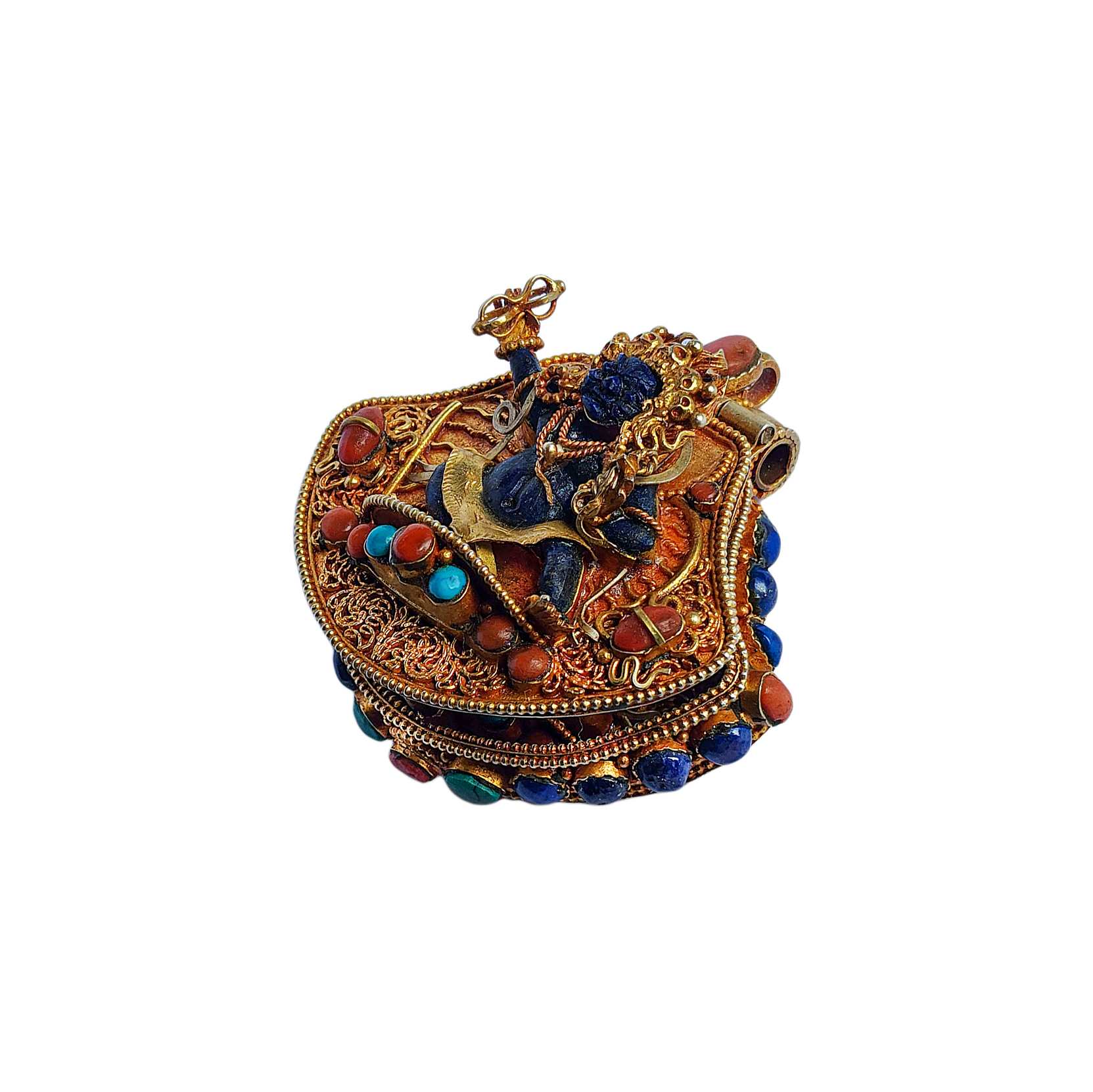
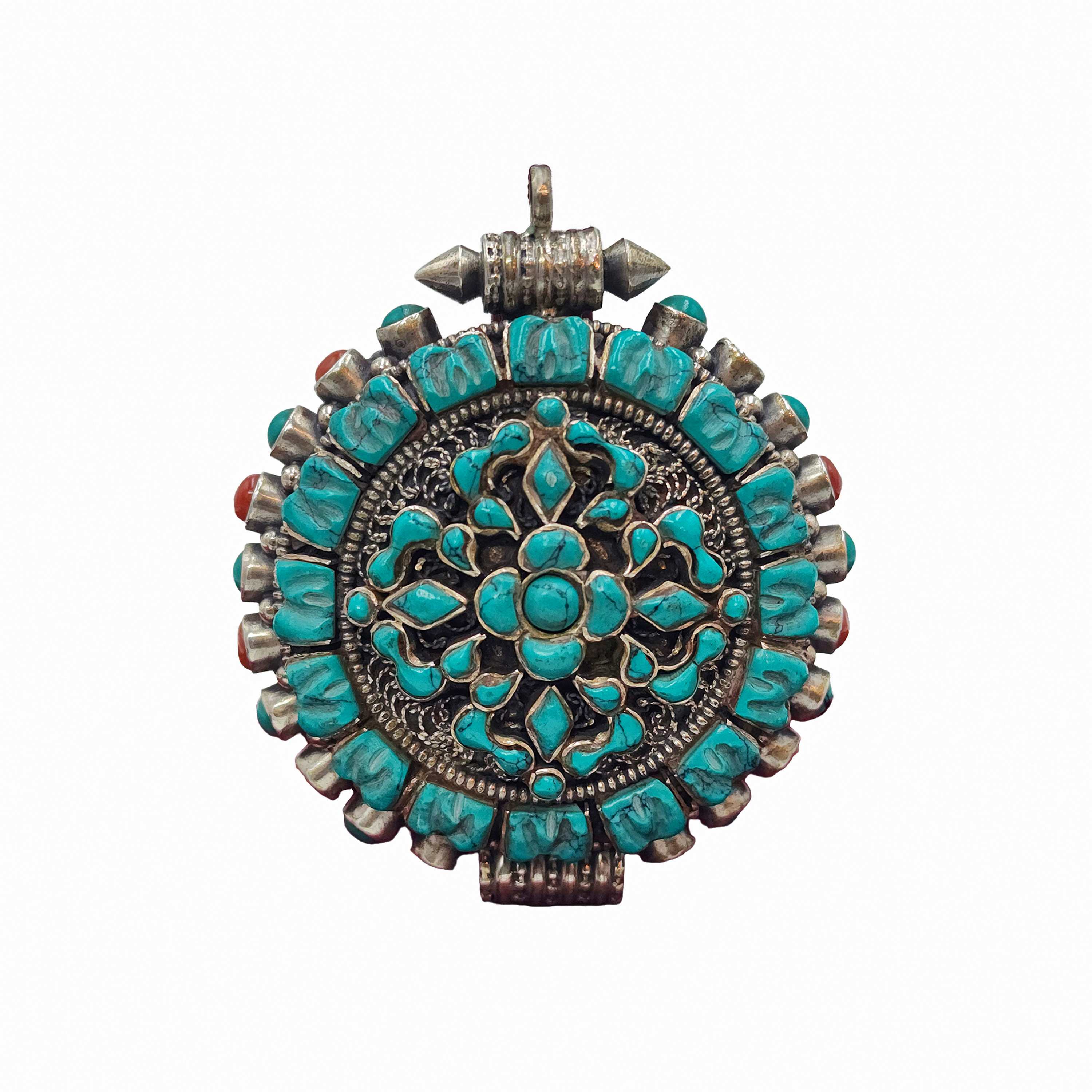 Sterlin Silver Tibetan Ghau Box
Sterlin Silver Tibetan Ghau Box 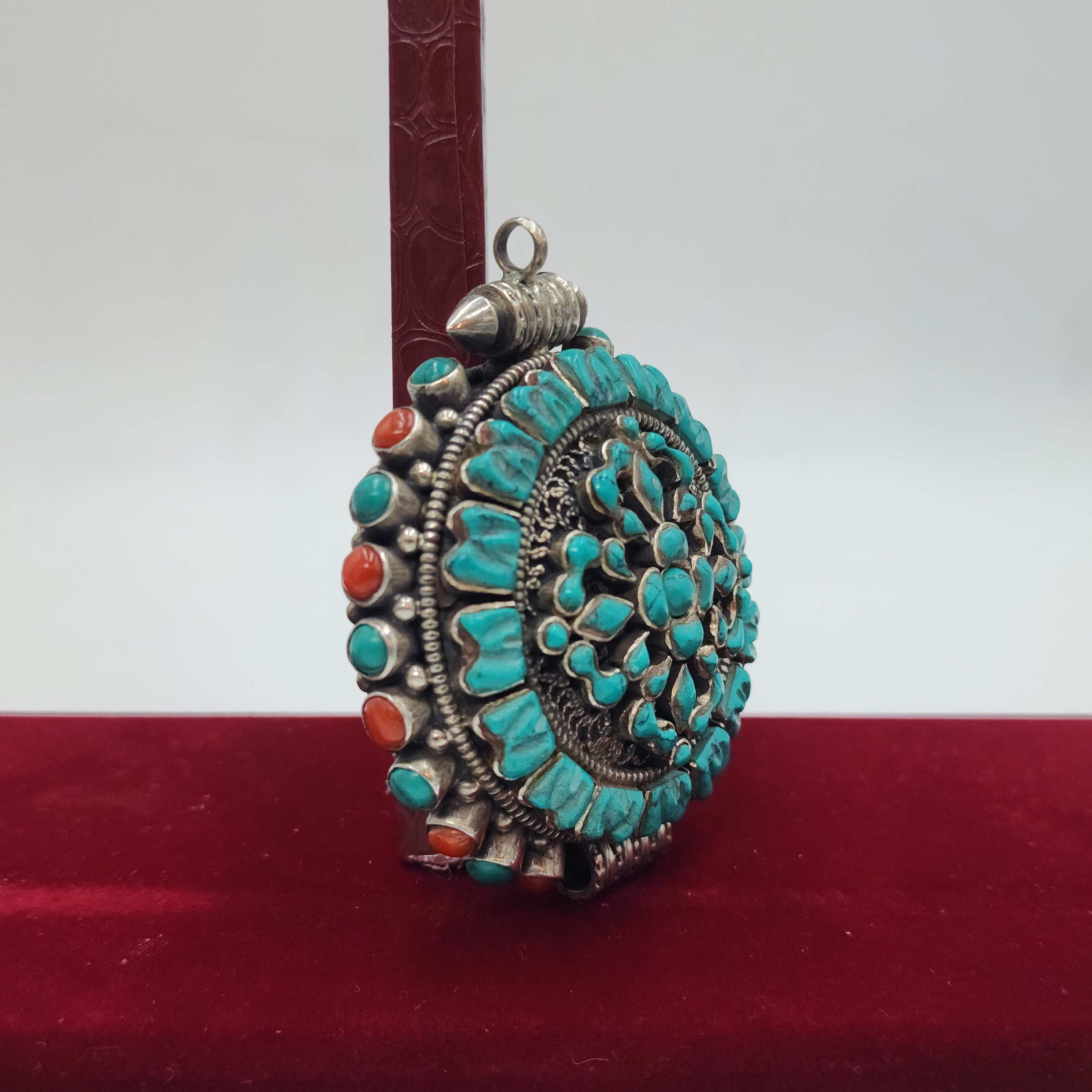 Sterlin Silver Tibetan Ghau Box
Sterlin Silver Tibetan Ghau Box  Sterlin Silver Tibetan Ghau Amulet Box
Sterlin Silver Tibetan Ghau Amulet Box 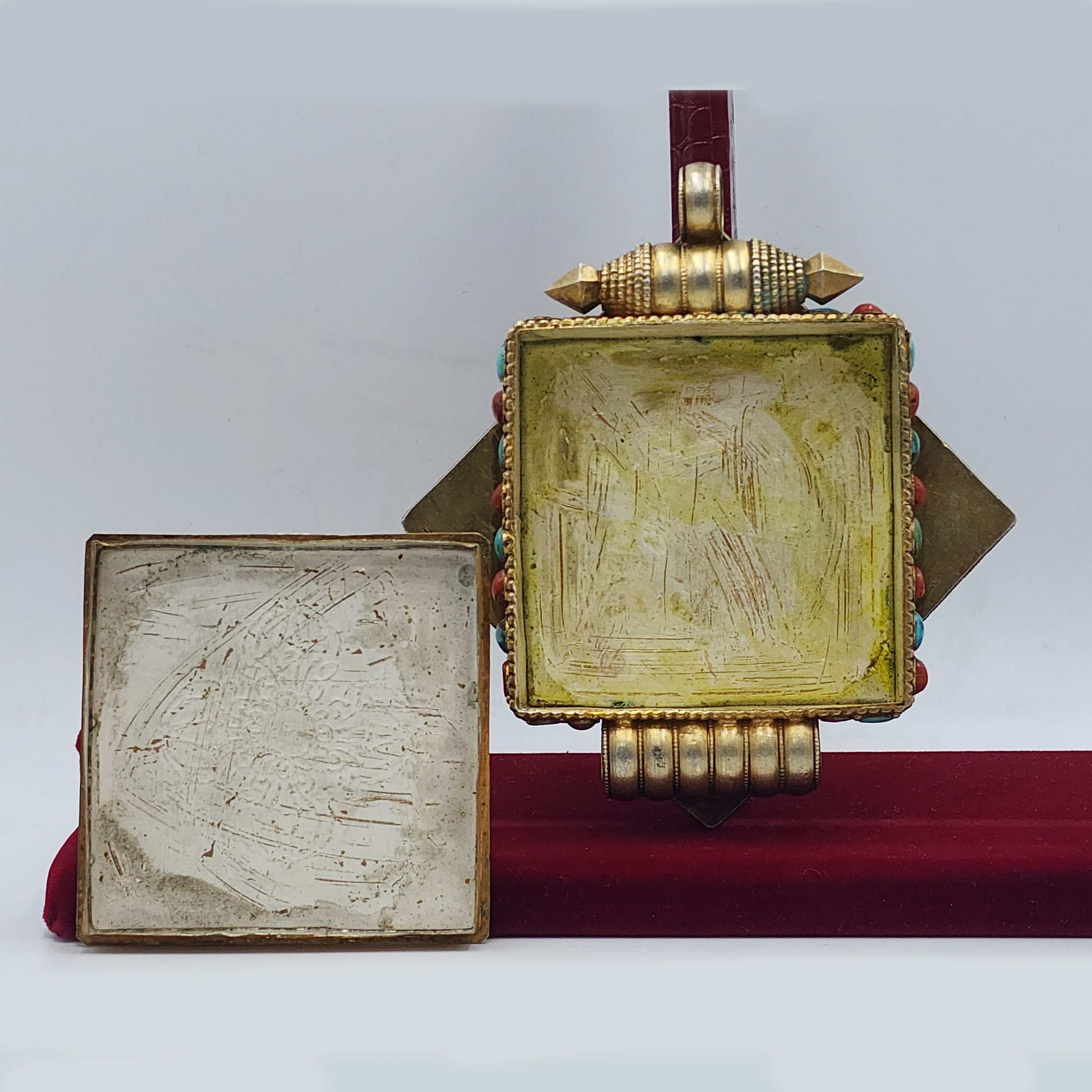 Sterlin Silver Tibetan Ghau Amulet Box
Sterlin Silver Tibetan Ghau Amulet Box 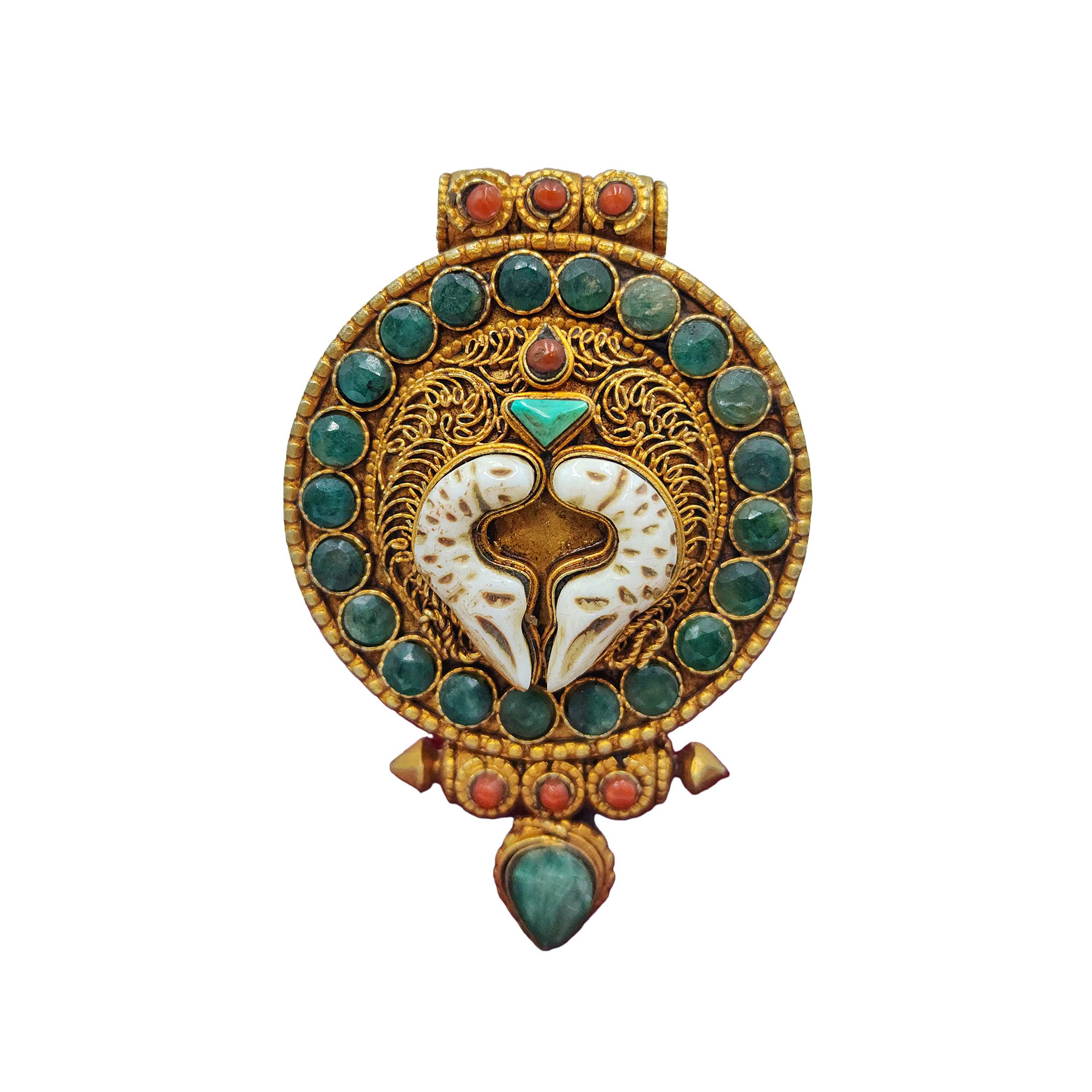 Sterlin Silver Tibetan Ghau Box,
Sterlin Silver Tibetan Ghau Box, 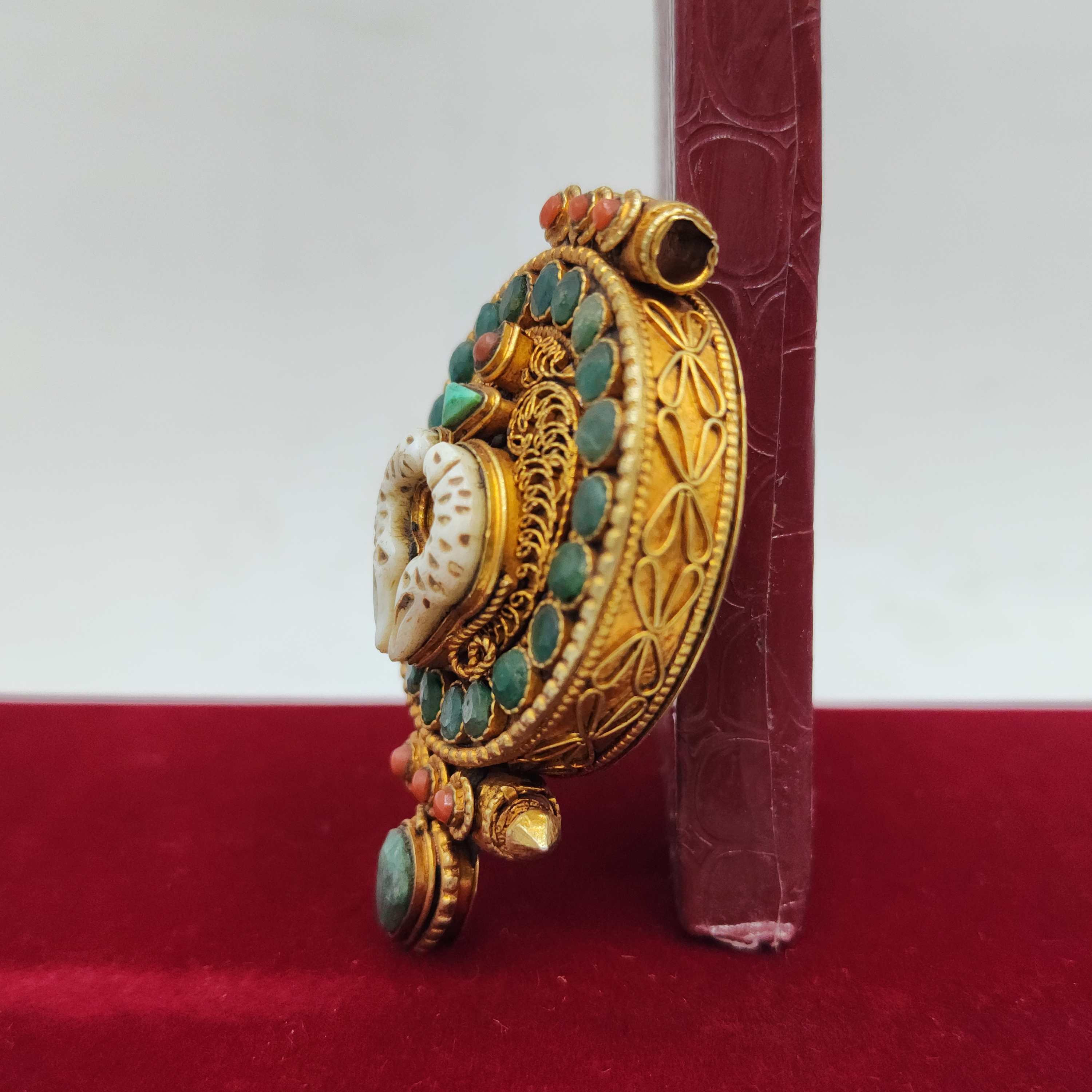 Sterlin Silver Tibetan Ghau Box,
Sterlin Silver Tibetan Ghau Box,  Silver Real Lapis Ganesh Ghau Amulet,
Silver Real Lapis Ganesh Ghau Amulet,  Silver Real Lapis Ganesh Ghau Amulet,
Silver Real Lapis Ganesh Ghau Amulet, 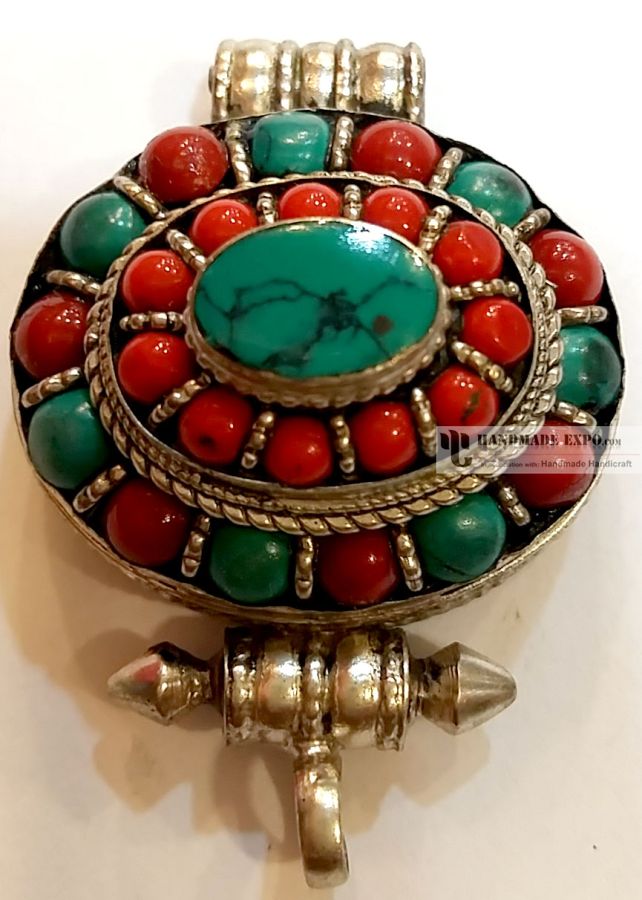
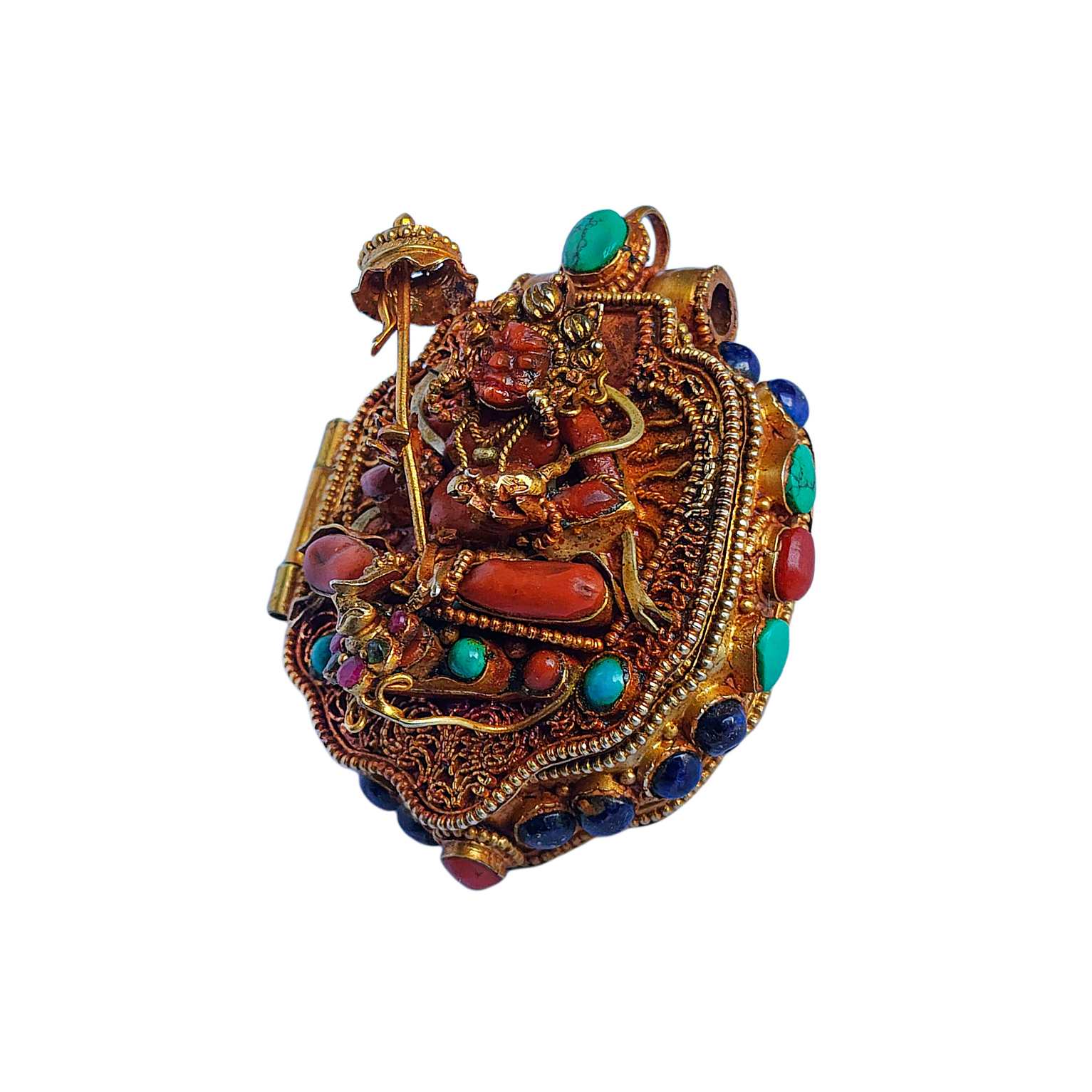 Silver Tibetan Ghau Box,
Silver Tibetan Ghau Box, 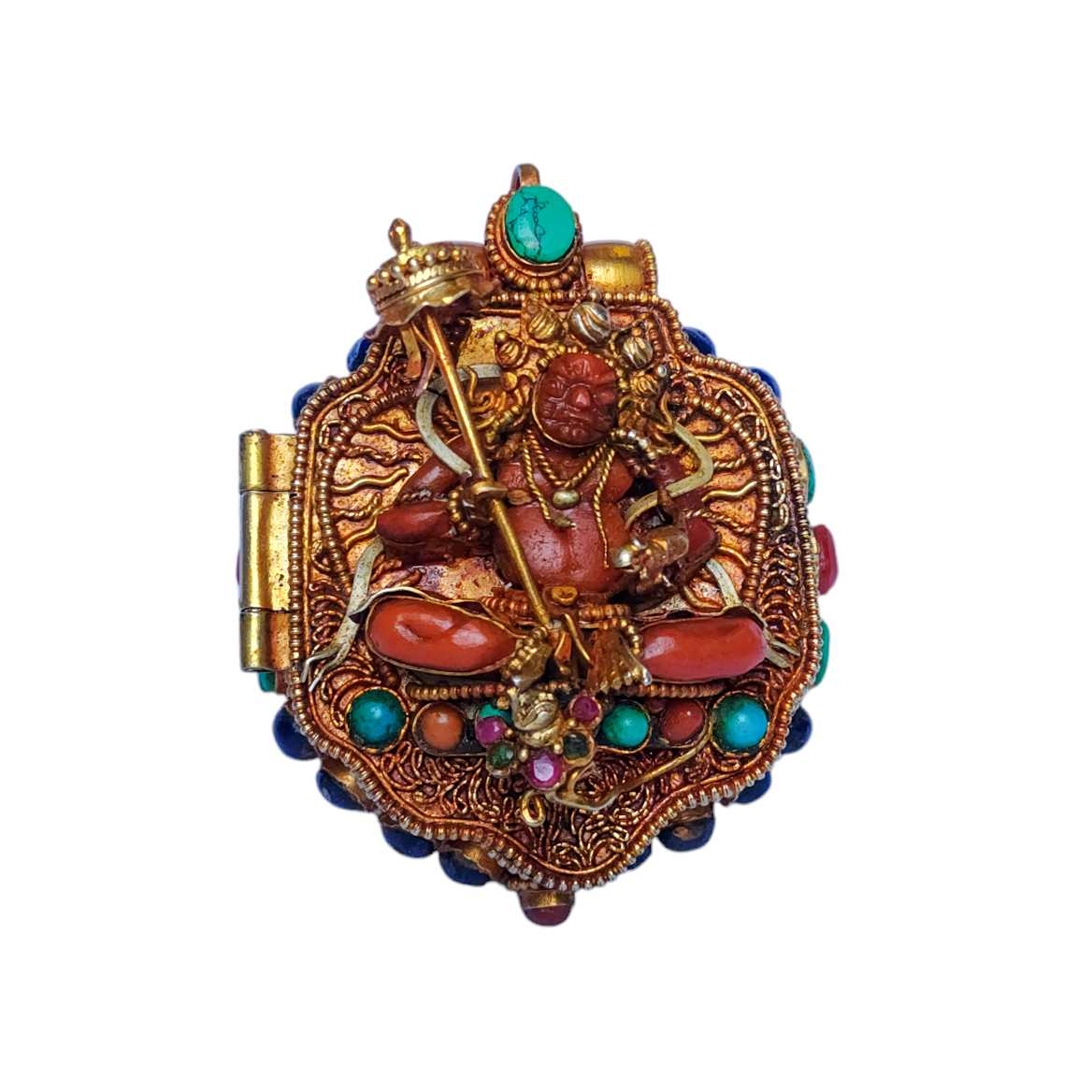 Silver Tibetan Ghau Box,
Silver Tibetan Ghau Box, 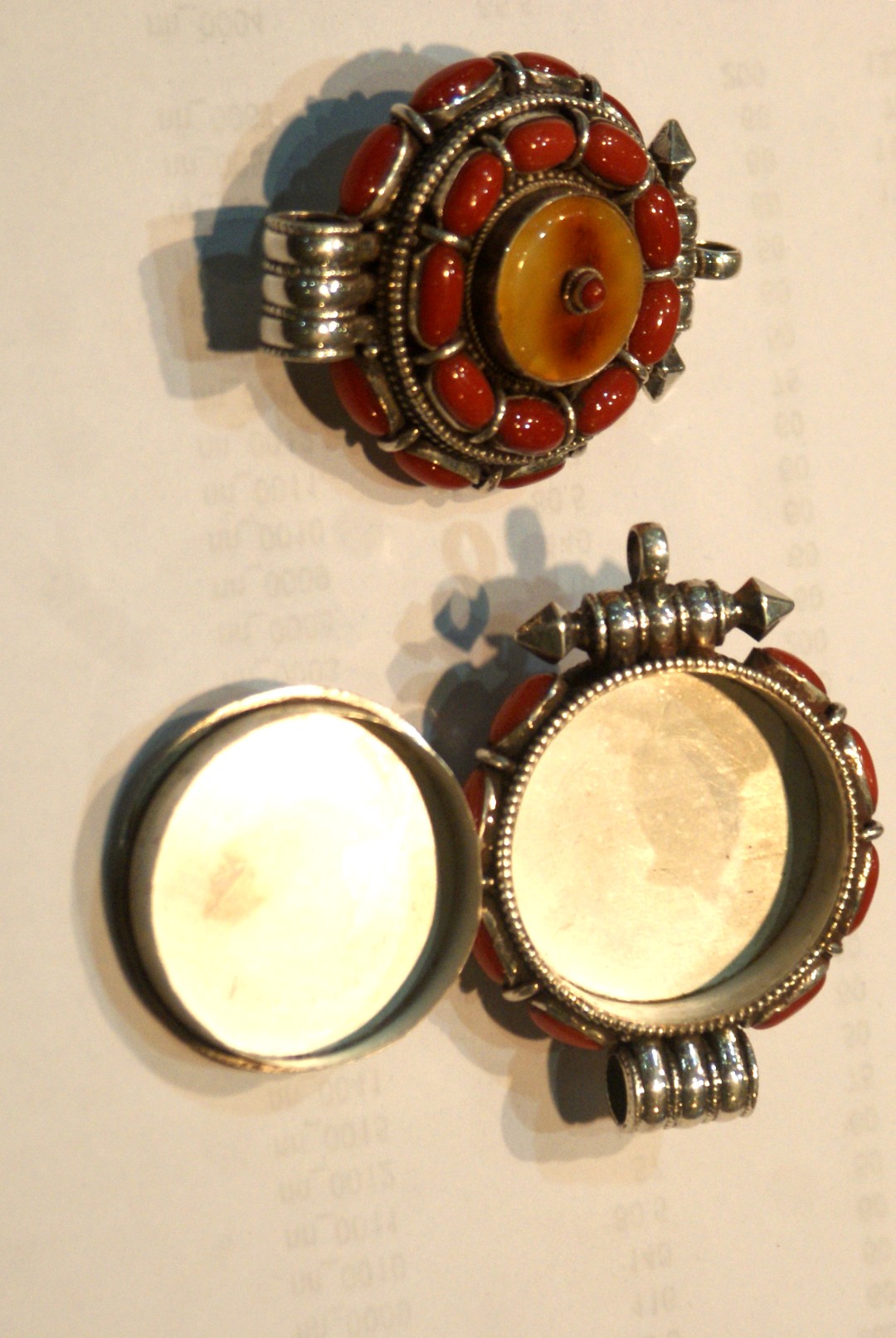 with Amber
with Amber 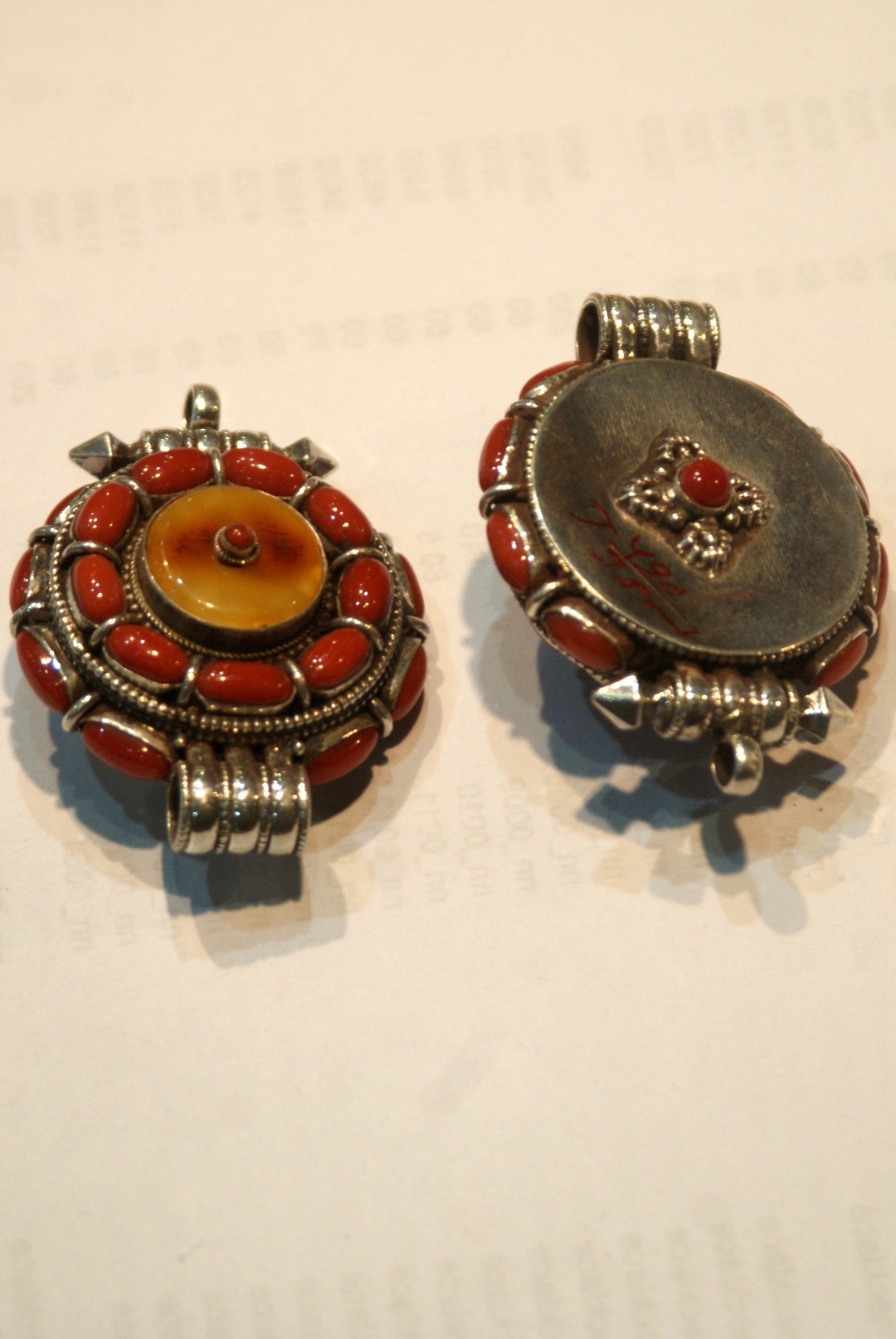 with Amber
with Amber 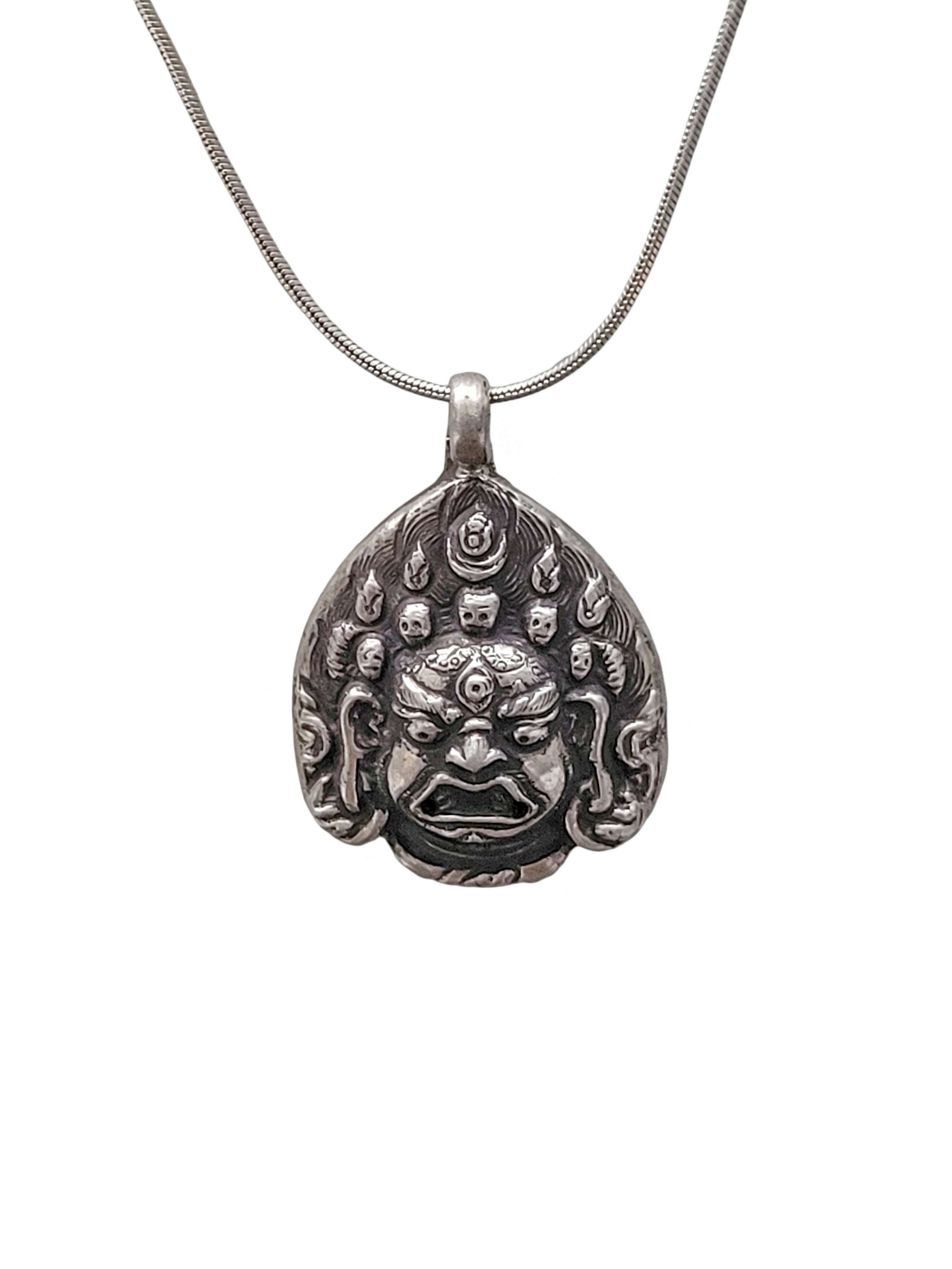 Pendant, Buddhist Silver Amulet
Pendant, Buddhist Silver Amulet 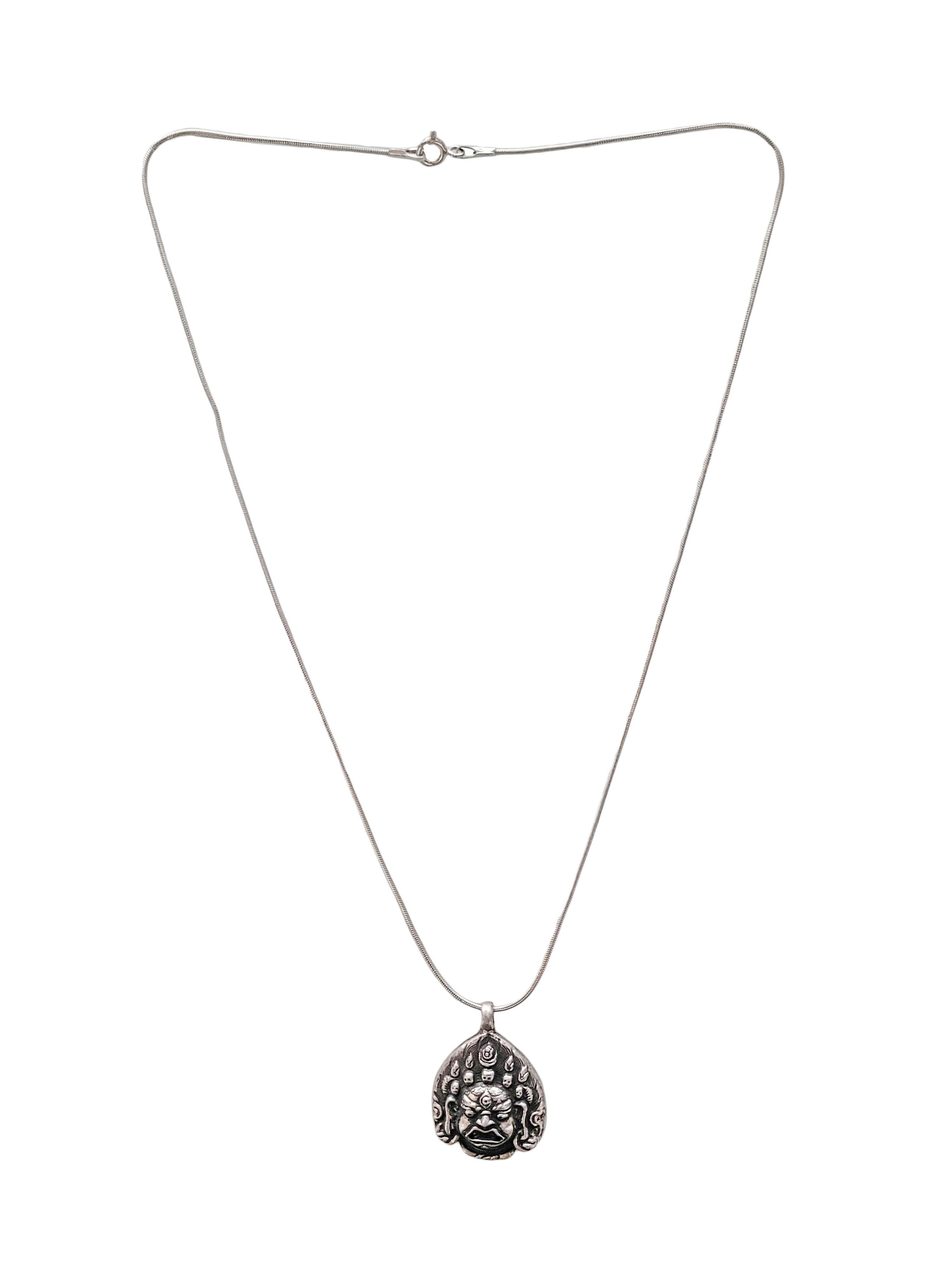 Pendant, Buddhist Silver Amulet
Pendant, Buddhist Silver Amulet 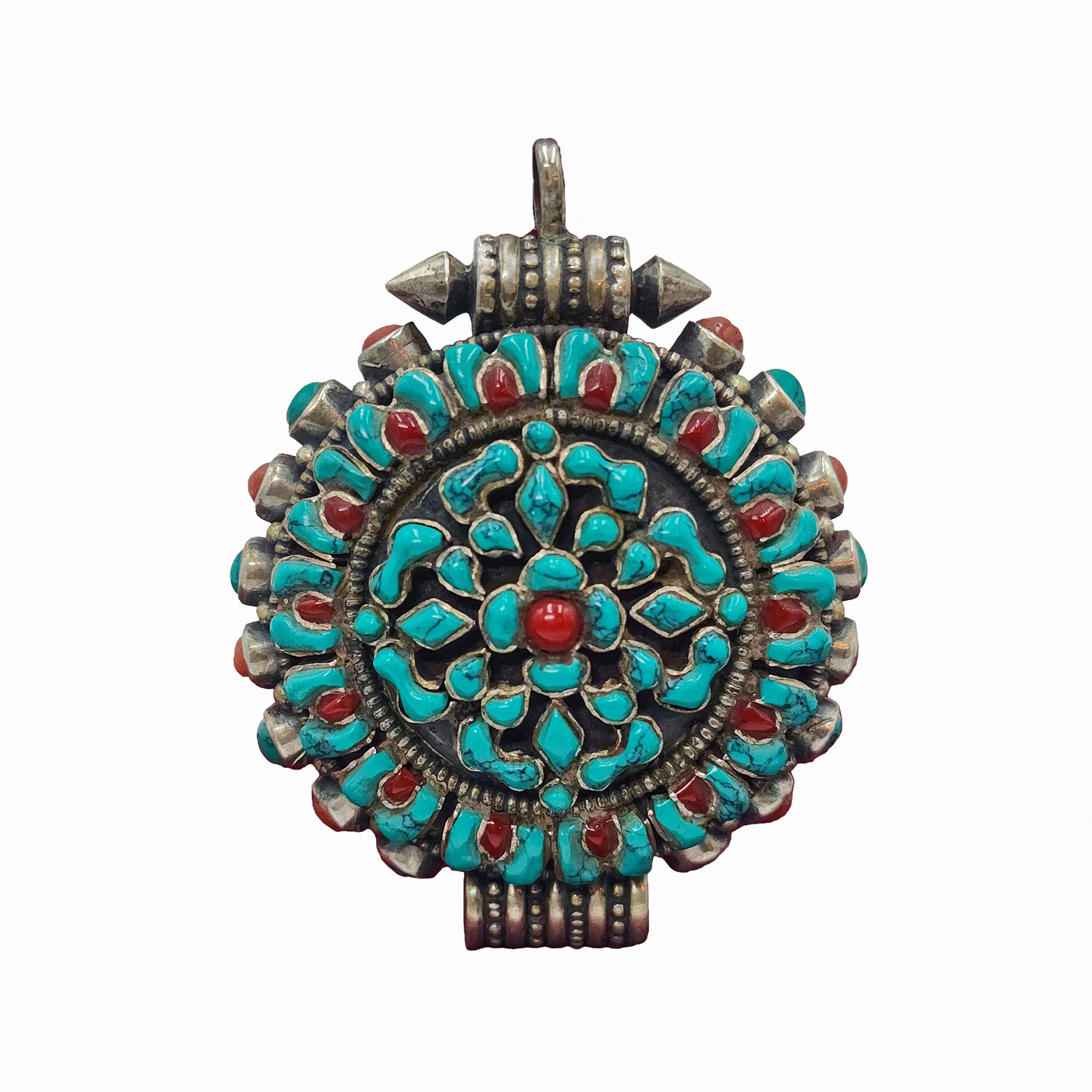 Sterlin Silver Tibetan Ghau Box
Sterlin Silver Tibetan Ghau Box 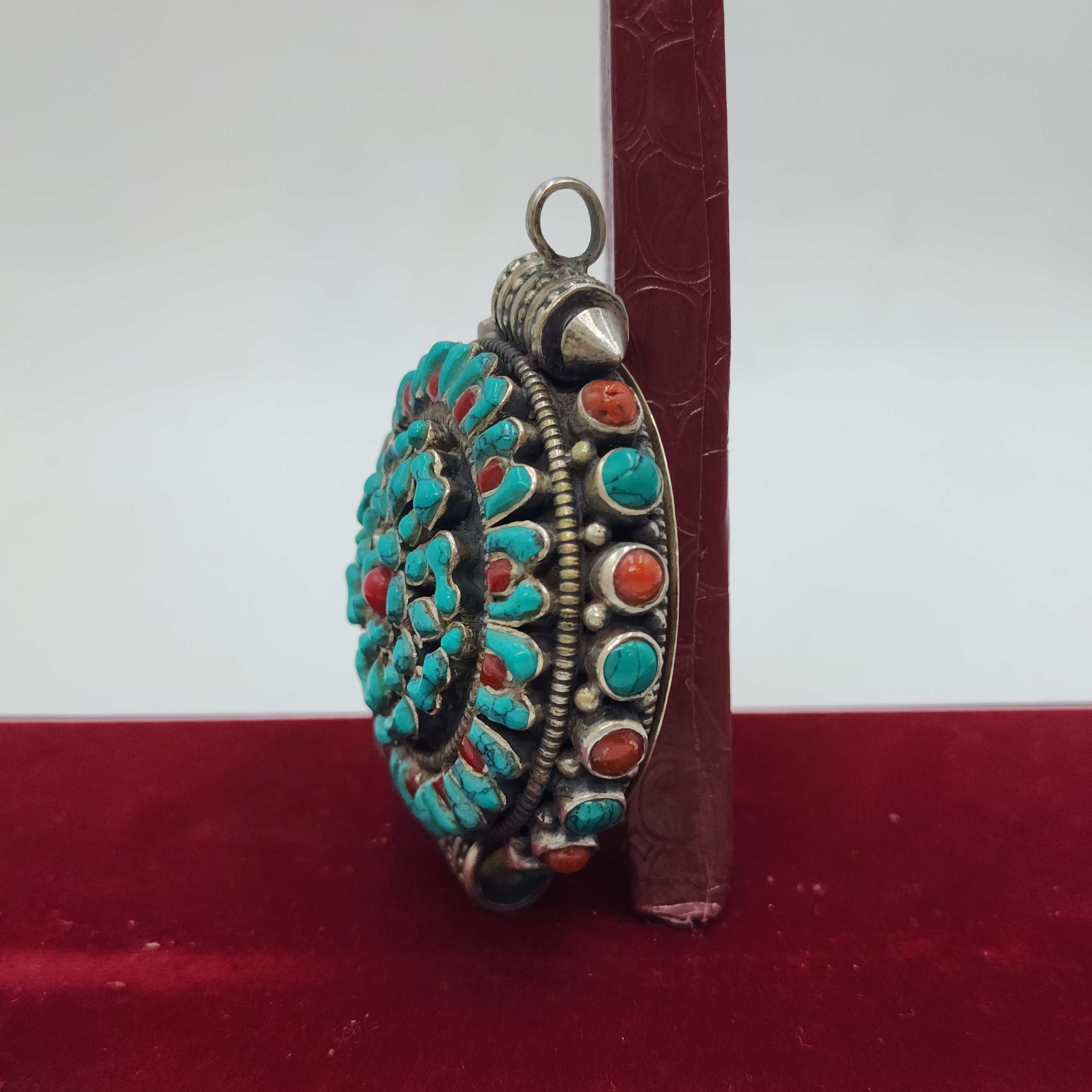 Sterlin Silver Tibetan Ghau Box
Sterlin Silver Tibetan Ghau Box 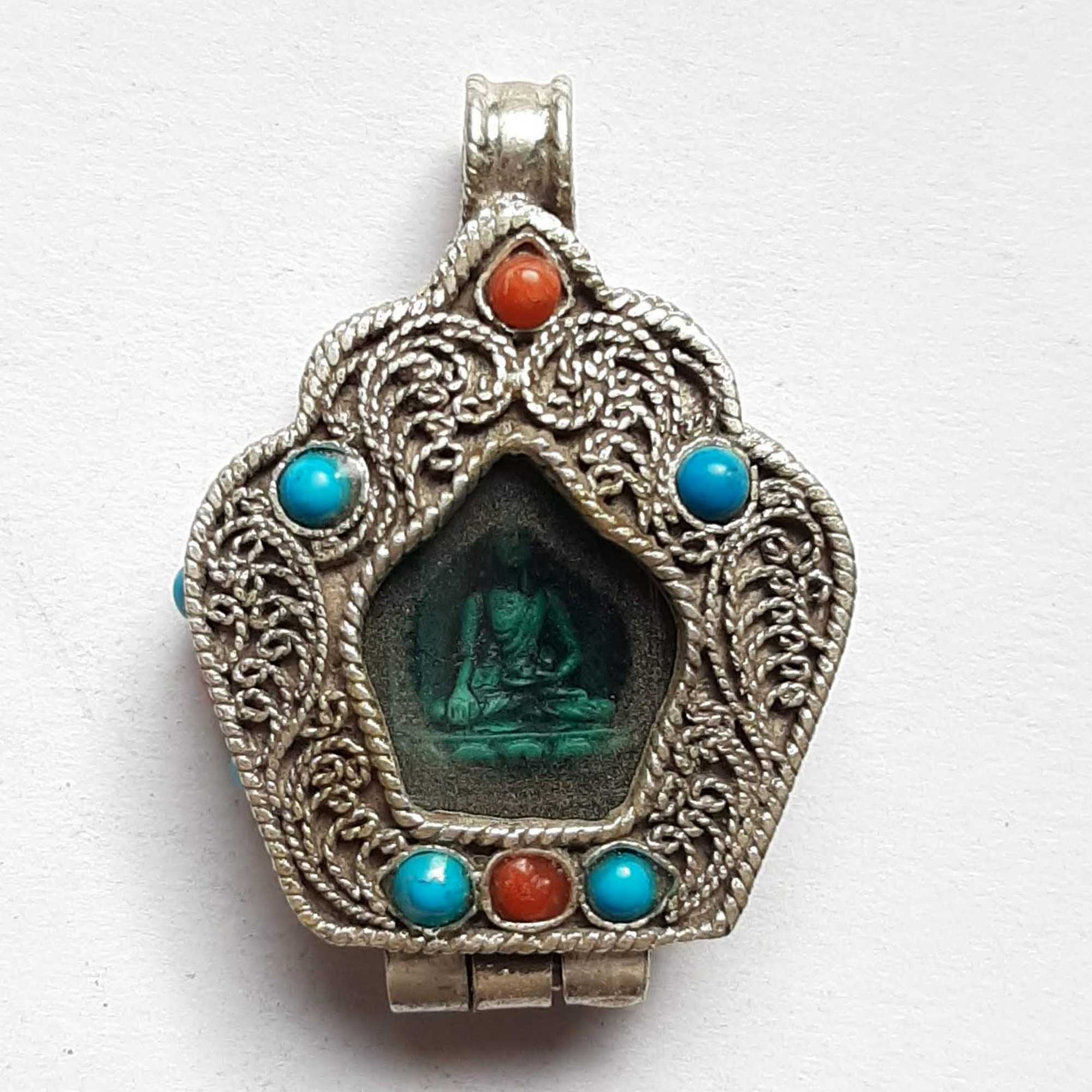 Silver Buddha Ghau Ghau Amulet,
Silver Buddha Ghau Ghau Amulet, 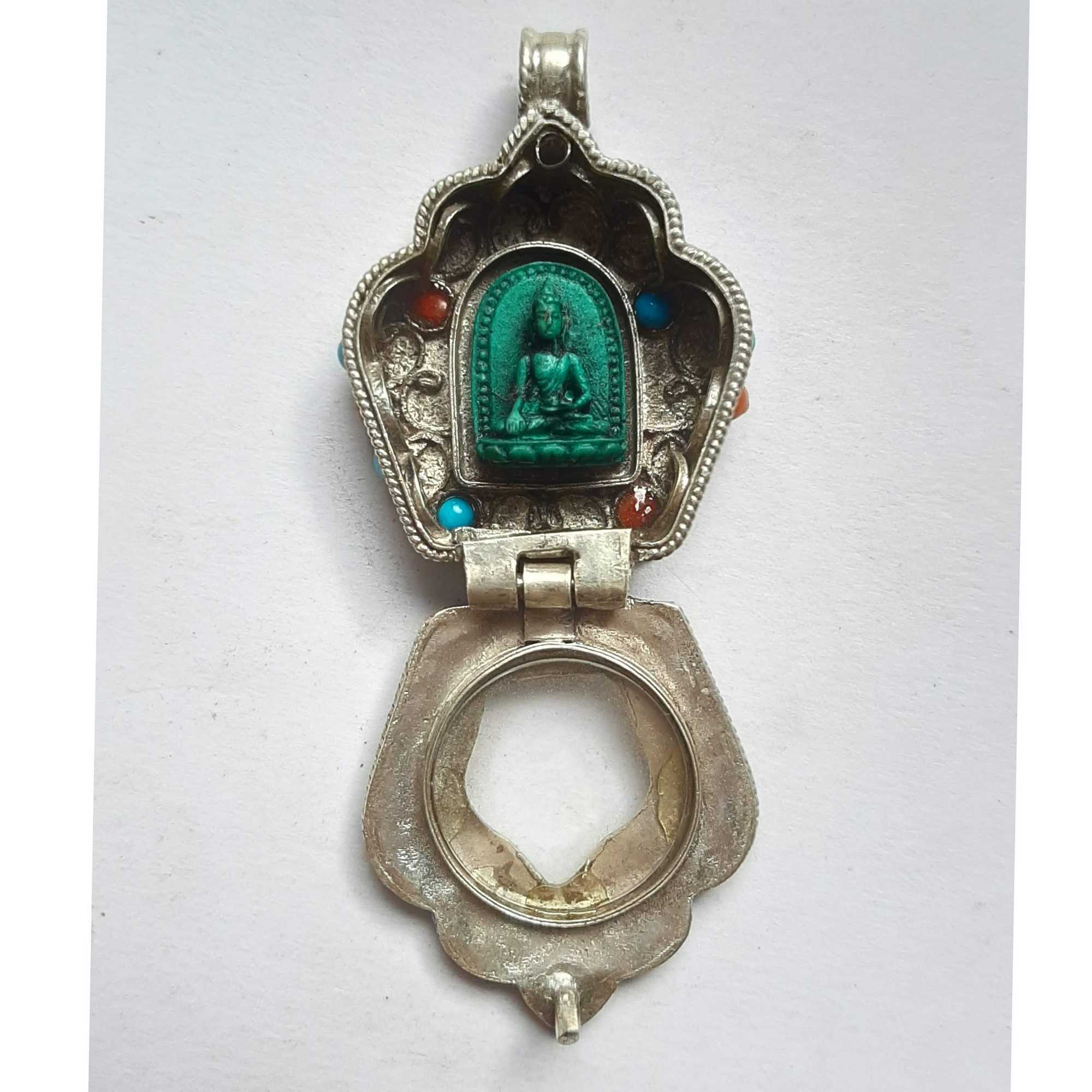 Silver Buddha Ghau Ghau Amulet,
Silver Buddha Ghau Ghau Amulet,